Specifications
| Title | A l'infinitif (La boîte blanche) |
|---|---|
| Material and technique | Linnen linnen plexiglass |
| Object type |
Facsimile
> Reproduction
> Derived object
> Art object
|
| Location | This object is in storage |
| Dimensions |
Height 33 cm Width 28 cm Depth 3,4 cm |
|---|---|
| Artists |
Designer:
Marcel Duchamp
|
| Accession number | MB 1992/4 1-91 (MK) |
| Credits | Gift Friends of the Museum, 1992 |
| Department | Modern Art |
| Acquisition date | 1992 |
| Creation date | in 1967 |
| Provenance | Sotheby’s New York, 14 May 1992, lot. 738 |
| Exhibitions | Rotterdam 1996a; Rotterdam 2017b |
| External exhibitions |
Dal nulla al sogno (2018) |
| Research |
Show research A dream collection - Surrealism in Museum Boijmans Van Beuningen |
| Literature | Tomkins 1997, pp. 127-28, 444; Naumann 1999, pp. 20, 270, 272; Schwarz 2000, p. 867, cat. no. 637; Von Berswordt-Wallrabe 2003, pp. 232-35; Marcadé 2007, p. 491 |
| Material | |
| Object | |
| Technique |
Silkscreen print
> Stencil screen printing technique
> Printing technique
> Technique
> Material and technique
|
| Geographical origin | France > Western Europe > Europe |
Do you have corrections or additional information about this work? Please, send us a message

























